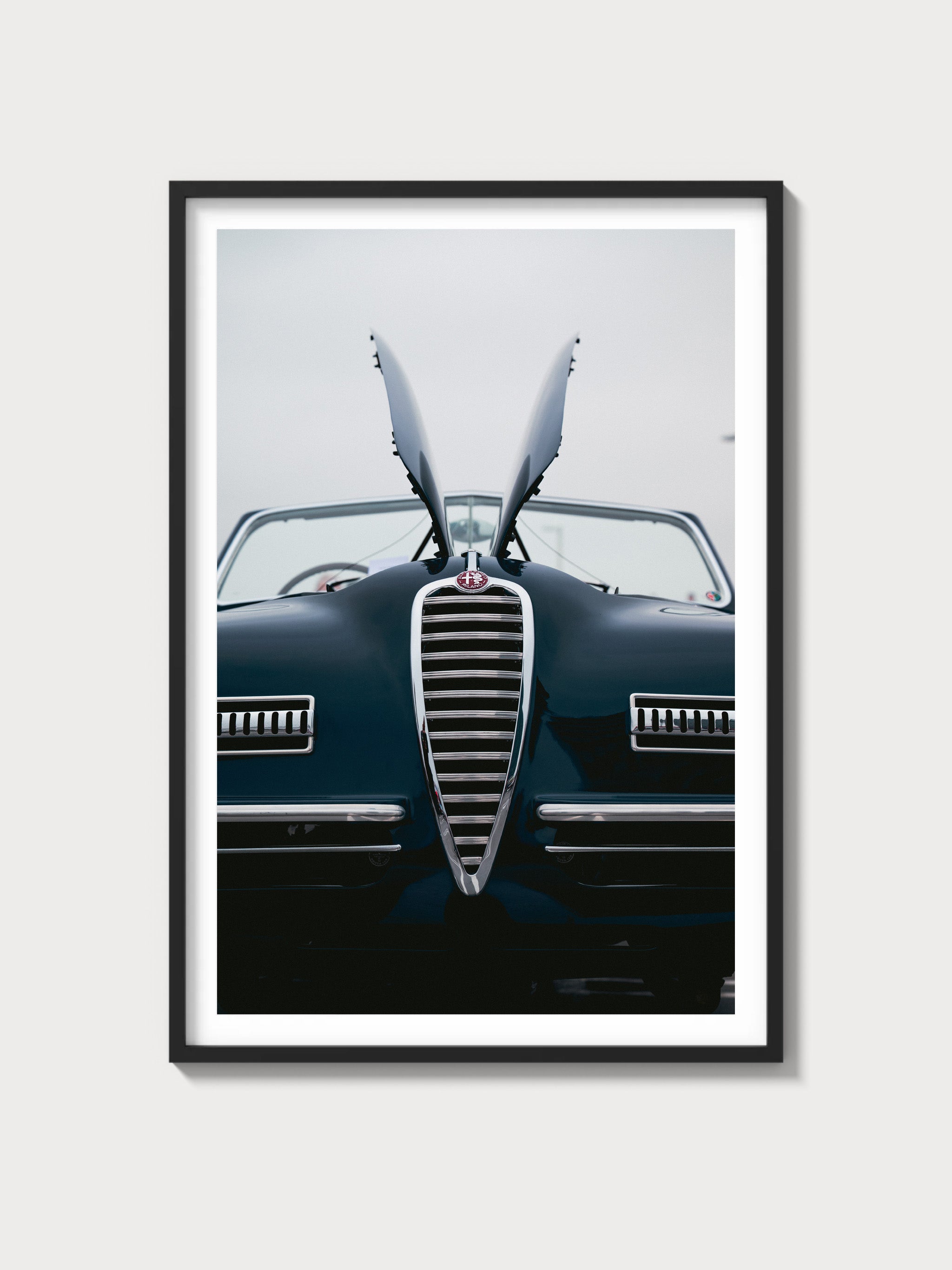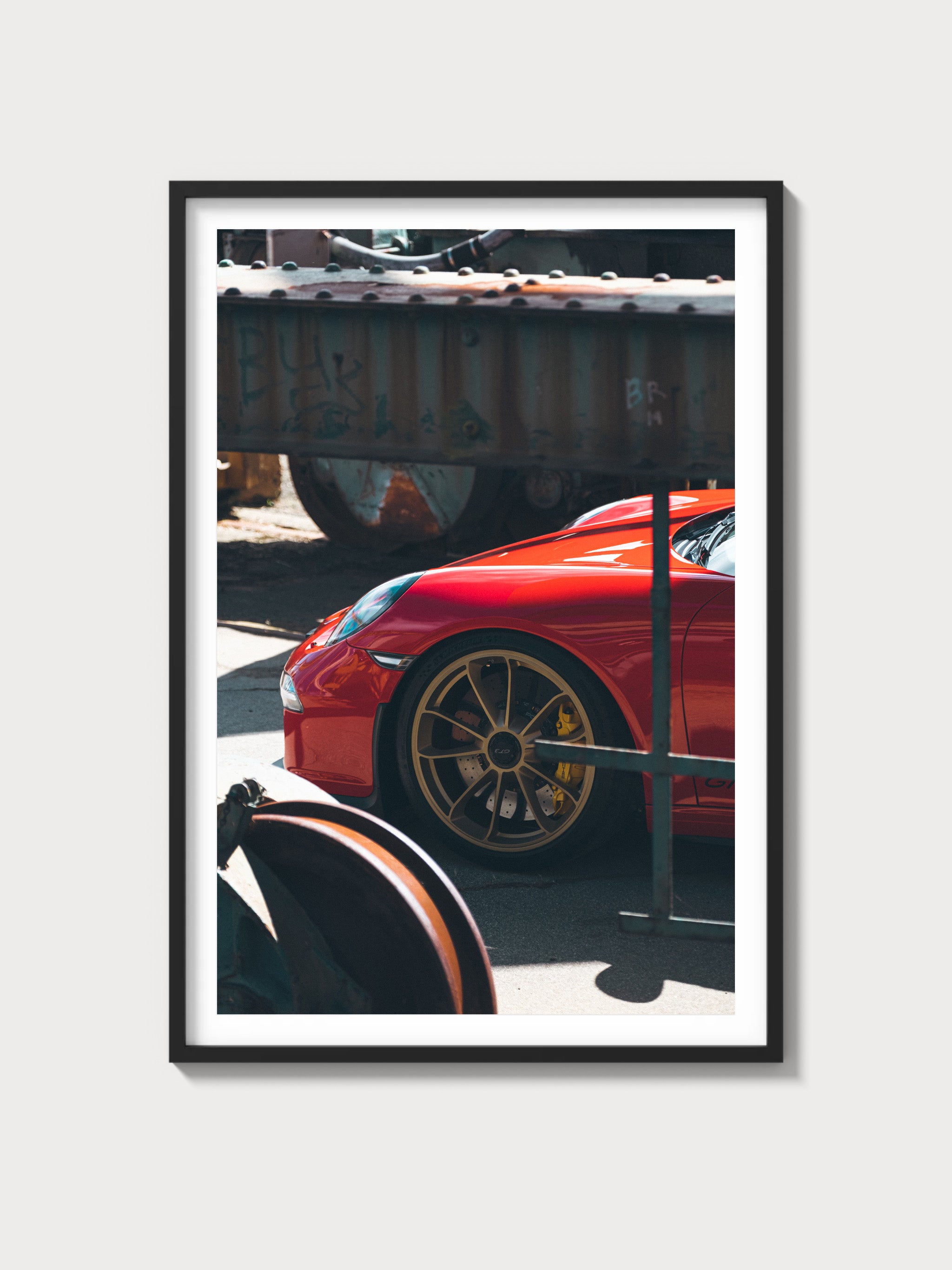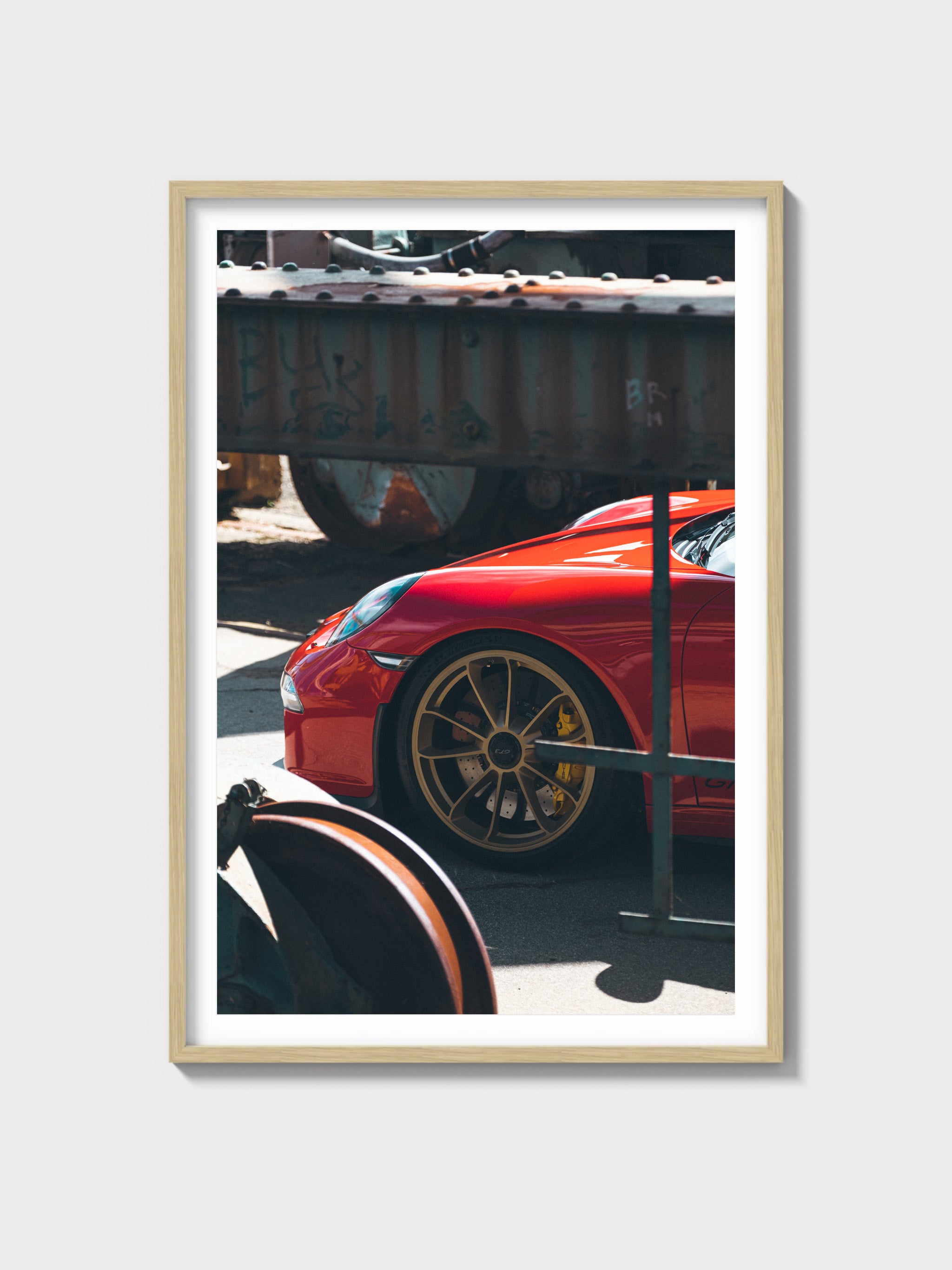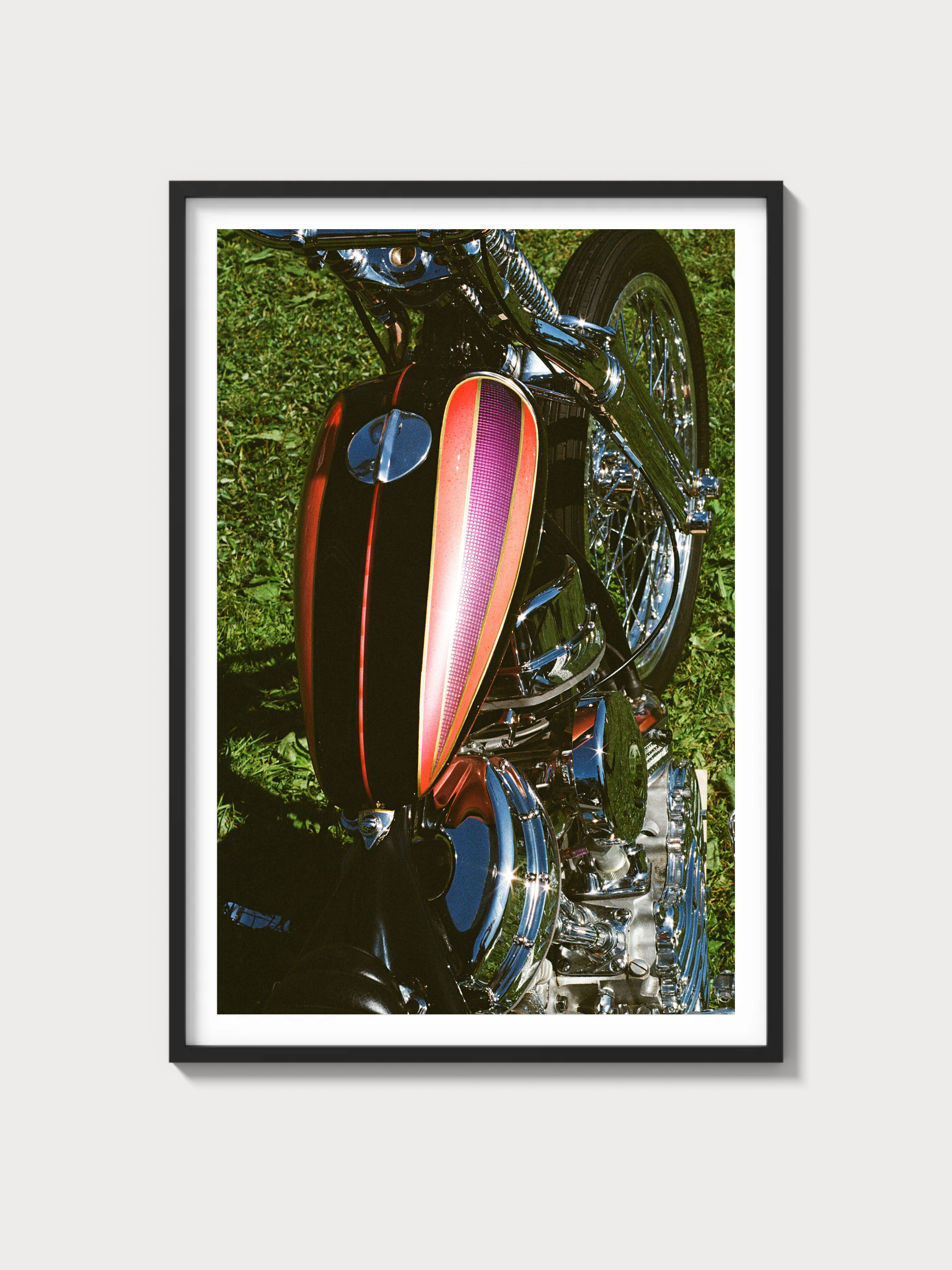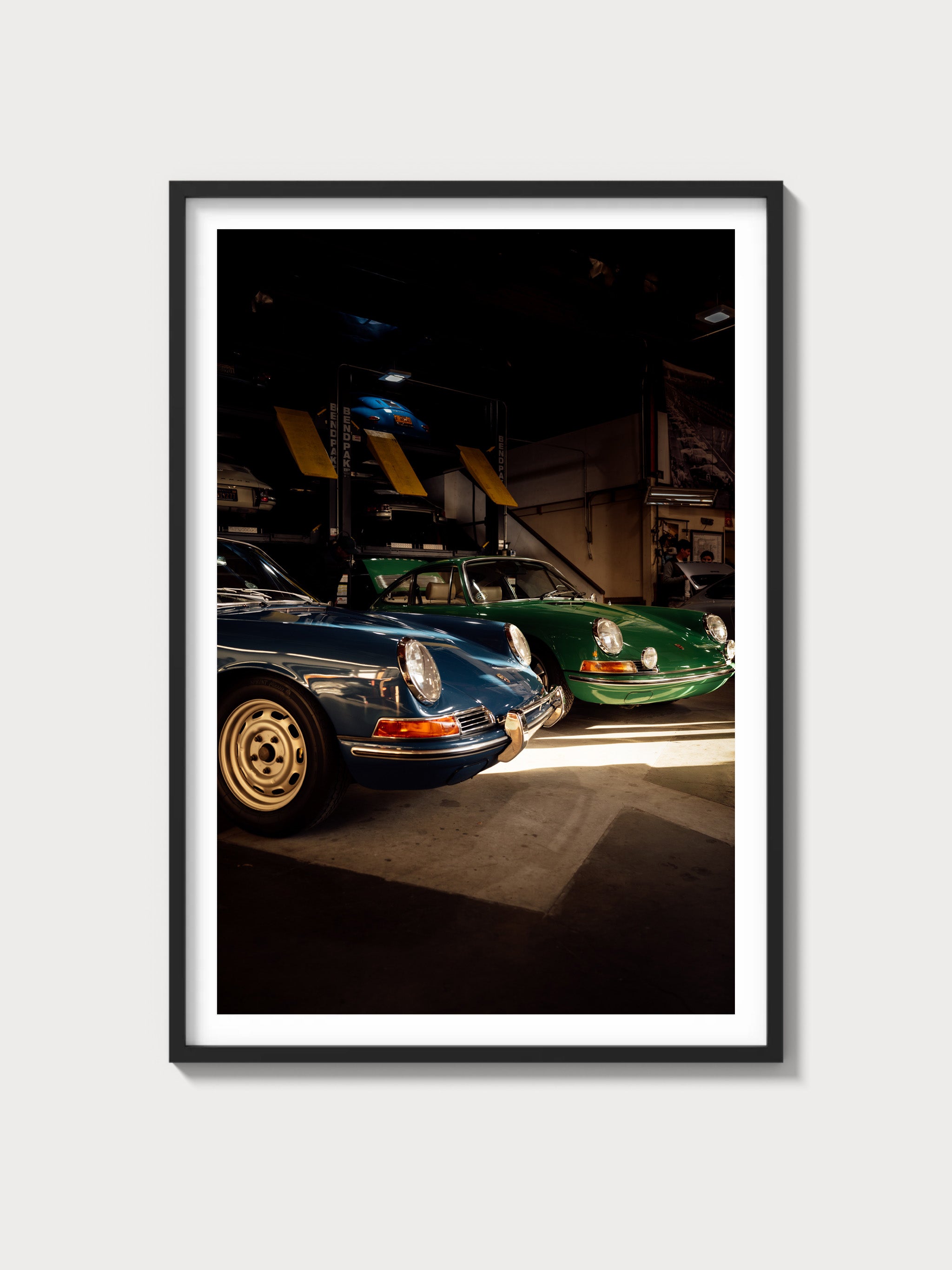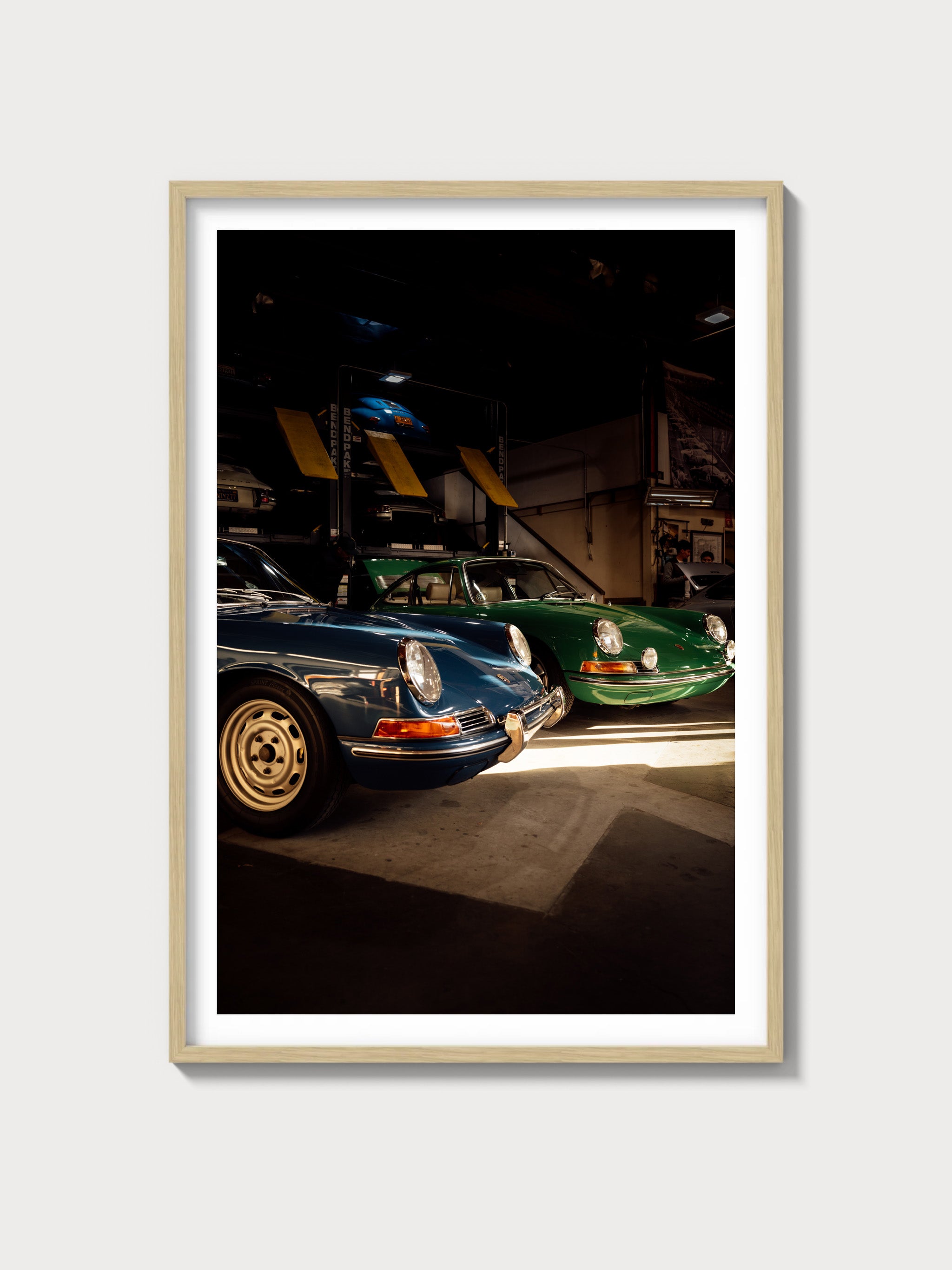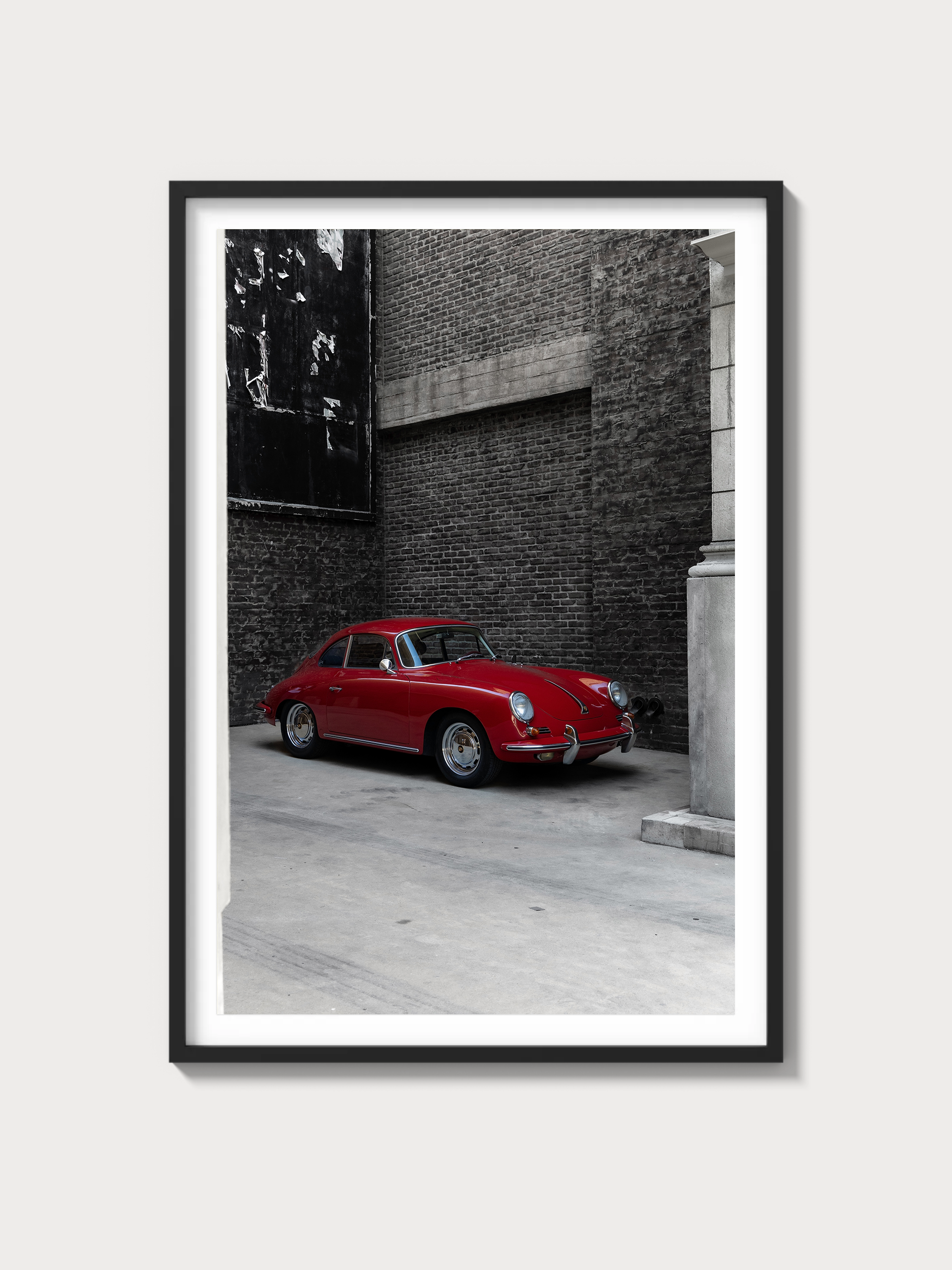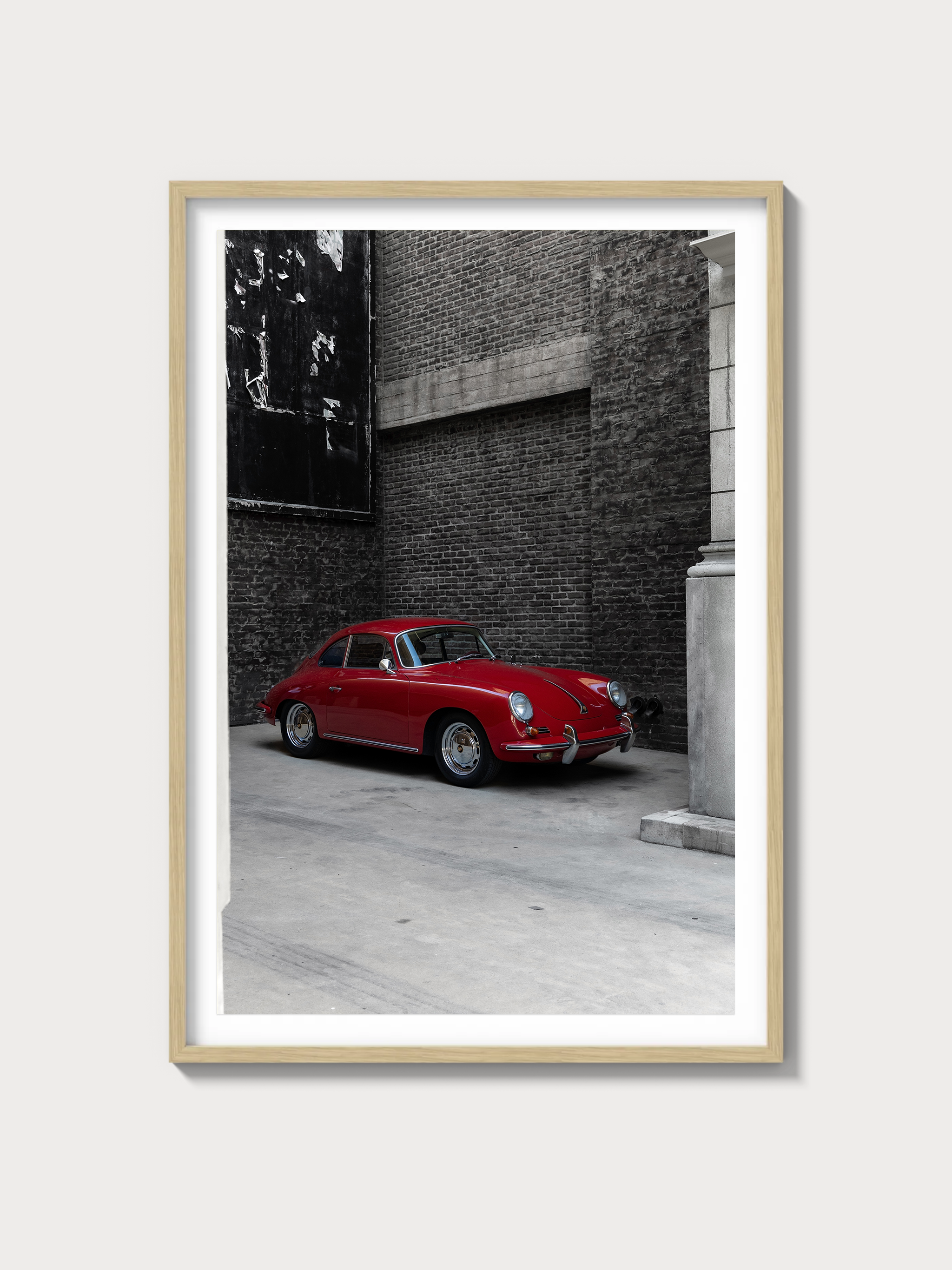1982–1993 Chevrolet S-10 Base (1st Gen): The Compact Truck That Set the Template
Historical context and development background
Chevrolet’s first-generation S-10 arrived for 1982 as General Motors’ first domestically designed compact pickup, supplanting the Isuzu-built LUV. Internally known as the S-truck, the S-10 was a clean-sheet, body-on-frame platform scaled down from GM’s big pickups and tuned to meet American buyers’ appetite for maneuverable, efficient trucks. It hit the market just ahead of Ford’s Ranger (1983), putting Chevrolet in the vanguard of the emerging compact segment alongside Toyota and Nissan.
Corporate strategy centered on two pillars: diversify drivetrains for economy and light-duty work, and leverage GM’s parts bin to control costs. Early trucks used an Isuzu-sourced 1.9-liter four and even an optional 2.2-liter diesel, while GM’s new 60-degree 2.8-liter V6 gave the S-10 refinement and torque beyond the imported competition. By mid-decade, the 2.5-liter “Iron Duke” became the workhorse base engine, and late in the run the 4.3-liter small-block–derived V6 gave the S-10 outsized grunt for the class.
Design was intentionally familiar: squared-off sheetmetal, a straightforward cab with materials shared across GM light trucks, and a bed sized for American pallets. The S-10 pioneered the factory extended cab (“Maxi-Cab”) among domestics in 1983, a format competitors quickly copied. Four-wheel drive models used an independent front setup with torsion bars and a part-time transfer case, widening the truck’s appeal beyond city deliveries to snow-belt and off-pavement users.
Motorsport wasn’t the Base trim’s mission, yet the S-10 platform earned credibility in desert events and later in the Coors Racetruck Challenge (late 1980s), where S-10s mixed it with Ford Rangers and import pickups. That competitive ecosystem fed aftermarket development—suspensions, gearing, and brakes—which today benefits anyone sorting a first-gen S-10 for road or light trail duty.
Engine and technical specs
North American-market S-10 Base trucks spanned several powertrains over the first generation. Specifications below refer to common configurations and period factory ratings; values varied slightly by year, emissions package, and calibration.
| Engine | Configuration | Displacement | Horsepower | Induction | Redline | Fuel System | Compression | Bore x Stroke |
|---|---|---|---|---|---|---|---|---|
| 1.9L Isuzu I4 (gas) | SOHC inline-4 | 1,948 cc | ~82 hp | Naturally aspirated | ~5,500 rpm | Carburetor | Approx. 8.7:1 | 87.0 mm x 82.0 mm (approx.) |
| 2.2L Isuzu I4 (diesel) | OHV inline-4 | 2,238 cc | ~58–62 hp | Naturally aspirated | ~4,500 rpm | Indirect injection | ~21.0:1 | Cylinder dims per C223 family |
| 2.5L GM Iron Duke I4 | OHV inline-4 | 2,457 cc (151 cu in) | ~92–105 hp | Naturally aspirated | ~5,000 rpm | Carb (early) / TBI (later) | ~8.3:1–9.0:1 | 101.6 mm x 88.4 mm |
| 2.8L 60° V6 | OHV V6 | 2,793 cc | ~110 hp | Naturally aspirated | ~5,500 rpm | Carb / later EFI in applications | ~8.5:1 | 89.0 mm x 76.0 mm |
| 4.3L 90° V6 (TBI) | OHV V6 | 4,293 cc (262 cu in) | ~160–165 hp | Naturally aspirated | ~4,800–5,000 rpm | Throttle-body injection (TBI) | ~9.3:1 | 101.6 mm x 88.4 mm (shares small-block geometry) |
Driving experience and handling dynamics
The Base-spec S-10 was engineered for honest utility, and that shows in the way it drives. Unladen ride is firm and bouncy over sharp inputs—leaf-sprung rears do their best work with some weight in the bed. Steering is via a recirculating-ball box that prioritizes durability over road feel, yet tracks securely at highway speeds when the front end is tight and aligned to spec.
Two-wheel-drive models use unequal-length control arms with coil springs up front, delivering decent camber control and predictable understeer at the limit. Four-wheel-drive versions switch to a torsion-bar IFS and a part-time transfer case; the extra mass on the nose softens initial turn-in but brings traction benefits on loose surfaces. Front discs and rear drums are robust, and later trucks gained rear-wheel ABS, improving stability in panic stops when unladen.
Powertrains define the character. The early 1.9-liter is frugal but works hard; it rewards smooth, anticipatory driving. The 2.5 “Iron Duke” adds low-end torque and TBI’s improved cold-start manners in later years. The 2.8 V6 is smoother and better matched to automatic gearing for urban duty, while the 4.3 V6 gives the S-10 completely different legs—strong mid-range and shorter merge times without sacrificing longevity.
Full performance specs (period ranges)
Performance varied with engine, axle ratio, body style, and drivetrain. Ranges below reflect period road tests and factory data.
| Engine | 0–60 mph | Top speed | Quarter-mile | Approx. curb weight | Layout | Brakes | Suspension (front/rear) | Gearbox |
|---|---|---|---|---|---|---|---|---|
| 1.9L I4 (gas) | ~16–19 s | ~80–85 mph | ~20–21 s @ ~65–68 mph | ~2,700–2,900 lb | RWD | Front discs / rear drums | SLA coils / leaf springs | 4-spd manual; 3-spd auto (availability varied) |
| 2.5L I4 (Iron Duke) | ~13–16 s | ~85–90 mph | ~19–20 s | ~2,800–3,000 lb | RWD or 4x4 (limited early) | Front discs / rear drums | SLA coils (2WD) or torsion-bar IFS (4x4) / leaf | 5-spd manual; 3/4-spd auto depending year |
| 2.8L V6 | ~11–13 s | ~90–95 mph | ~18–19 s | ~2,950–3,150 lb | RWD or 4x4 | Front discs / rear drums | SLA coils or torsion-bar IFS / leaf | 5-spd manual; 3/4-spd auto (700R4 on some V6) |
| 4.3L V6 (TBI) | ~8.5–10.0 s | ~95–105 mph | ~16.5–17.8 s | ~3,050–3,400 lb | RWD or 4x4 | Front discs / rear drums (rear ABS on later trucks) | SLA coils or torsion-bar IFS / leaf | 5-spd manual; 4-spd auto (700R4/4L60) |
Variant breakdown: Base trim, body styles, and key differences
The “Base” designation denoted the entry-level equipment package; content and options shifted over the run. Below is a North American–market overview.
| Variant | Years available | Drivetrain | Engines typically fitted | Major differences | Production numbers | Market split |
|---|---|---|---|---|---|---|
| Base Regular Cab, Short Box (6 ft), 4x2 | 1982–1993 | RWD | 1.9 I4 (early), 2.5 I4, 2.8 V6, 4.3 V6 (late) | 14-in steel wheels, vinyl bench, basic gauges; fleet-friendly spec | Not publicly disclosed by GM | Primarily U.S./Canada |
| Base Regular Cab, Long Box (7.5–7.6 ft), 4x2 | 1982–1993 | RWD | 2.5 I4 common; 2.8 V6 optional; 1.9 I4 early | Longer wheelbase, higher GVWR options | Not publicly disclosed by GM | U.S./Canada |
| Base Regular Cab, Short/Long Box, 4x4 | 1983–1993 | Part-time 4WD | 2.8 V6 common; 2.5 I4 limited; 4.3 V6 later | Torsion-bar IFS, transfer case, skid plates as option | Not publicly disclosed by GM | U.S./Canada |
| Base Extended Cab (Maxi-Cab), 4x2 | 1983–1993 | RWD | 2.5 I4; 2.8/4.3 V6 optional | Auxiliary cab space, longer wheelbase | Not publicly disclosed by GM | U.S./Canada |
| Base Extended Cab, 4x4 | 1983–1993 | Part-time 4WD | 2.8 V6 early; 4.3 V6 later | Higher curb weight, 15-in wheels common | Not publicly disclosed by GM | U.S./Canada |
| Base Stepside/Sportside bed (availability varied) | Selected years | RWD or 4x4 | 2.5 I4; V6 options | Narrow fenders with step, cosmetic changes | Not publicly disclosed by GM | U.S./Canada |
Notes: The diesel option was limited and most common in the early years. V6 availability within “Base” depended on year, region, and ordering restrictions. Wheelbase ranged roughly from 108.3 in (short box) to 117.9 in (long box) and about 122.9 in (extended cab).
Ownership notes: maintenance, parts, restoration
- Maintenance cadence: Period GM schedules differentiated normal vs. severe service. Typical intervals included engine oil and filter at 3,000–7,500 miles (shorter for severe duty), air filter around 30,000 miles, coolant every 2 years, spark plugs roughly every 30,000 miles (copper plugs), and automatic transmission fluid/filter more frequently under towing or city use.
- Parts availability: Excellent for wear items (brakes, steering, suspension), ignition and fuel-injection components, and weatherstripping. GM Heritage parts programs and a strong aftermarket keep most items on the shelf. Diesel-specific parts are more niche but still serviceable through specialists.
- Known trouble spots: Front-end wear (ball joints, idler/pitman arms), steering box play if neglected; fuel sending unit inaccuracies; TBI-era idle quality issues (vacuum leaks, IAC valves); 700R4/4L60 longevity tied to TV-cable setup and fluid service; frame and cab-mount rust in road-salt regions; rear leaf-spring shackles/hangers and brake lines prone to corrosion; 4x4 front axle CVs and vacuum-operated axle engagement components need periodic attention.
- Restoration difficulty: Straightforward. Body-on-frame construction, simple electrics, and plentiful donor vehicles make Base-trim S-10s approachable. The hardest pieces to source are year-correct trim, early dash plastics in perfect condition, and certain diesel-specific components.
- Upgrades that preserve character: Fresh OE-style dampers and bushings, modern tires with period-correct sizing, a mild gear ratio change to suit your typical load/speed, and a refurbished cooling system. These tighten the truck without erasing its honest, light-duty feel.
Cultural relevance and collector lens
As the first domestically designed compact pickup from Chevrolet, the S-10 Base represents a pivotal shift in Detroit’s approach to small trucks. It sold in vast numbers to tradespeople and fleets, quietly defining the category alongside Ford’s Ranger. The platform’s visibility in regional off-road events and the televised Racetruck series underscored that compact pickups could be entertaining handlers when properly set up.
Collector interest today centers on originality and condition: clean Base-spec survivors—especially early 1.9L trucks, honest long-bed workhorses, and unmodified extended cabs—have a following among enthusiasts who value period-correct details. Documented sales show that driver-grade examples often transact comfortably below the headline figures commanded by later performance offshoots, while exceptional, low-mile trucks can bring strong money relative to their humble brief.
FAQs
Which engines did the first-gen S-10 Base use?
Common Base engines included the Isuzu-sourced 1.9L gasoline four (early years), the 2.2L Isuzu diesel (limited availability early on), GM’s 2.5L Iron Duke four (became the prevalent base motor mid-run), the 2.8L V6, and—later—the 4.3L V6 with throttle-body injection.
How reliable is the 2.5L “Iron Duke” in an S-10?
It is generally durable with regular oil changes and cooling-system maintenance. It favors torque over revs. Typical issues are modest—vacuum leaks affecting idle quality, distributor ignition wear, and the usual age-related soft parts—but catastrophic failures are uncommon when serviced on schedule.
Are parts still easy to find?
Yes. Mechanical consumables and chassis components are widely available. Trim pieces and certain early interior plastics can be more challenging, and diesel-specific parts require more hunting but are obtainable.
What are the known problem areas?
Front-end wear items (ball joints, idler/pitman), steering-box play, TBI-era idle instability from vacuum leaks or IACs, automatic transmission shift/TV-cable setup on 700R4 trucks, and rust at frame kick-ups, cab mounts, spring hangers, and brake lines in rust-belt vehicles.
What performance should I expect from a Base S-10?
Period tests put 0–60 mph anywhere from the high teens (early 1.9L) to under 10 seconds (4.3L V6), with top speeds roughly 80–105 mph depending on engine, gearing, and body/drivetrain configuration.
When did the extended cab become available?
Chevrolet offered the extended cab (often referred to as Maxi-Cab) early in the first generation, giving the S-10 a packaging advantage the market quickly embraced.
What transmissions were offered?
Four- and five-speed manuals were common across the run. Automatics included a 3-speed unit in early years and a 4-speed overdrive (700R4/4L60) paired with V6 engines and later four-cylinders where equipped.
Is the Base 4x4 capable off-road?
Within its light-duty brief, yes. The torsion-bar IFS, part-time transfer case, and available skid plates make it competent on trails and in snow. Tire choice and maintenance (CV boots, front diff and transfer-case fluid services) are key.
What’s the weight range for a first-gen Base S-10?
Approximately 2,600–3,400 pounds depending on cab, bed, drivetrain, and engine.
What brake setup did the Base use?
Front discs and rear drums throughout the generation, with rear-wheel ABS phased in on later trucks.




































